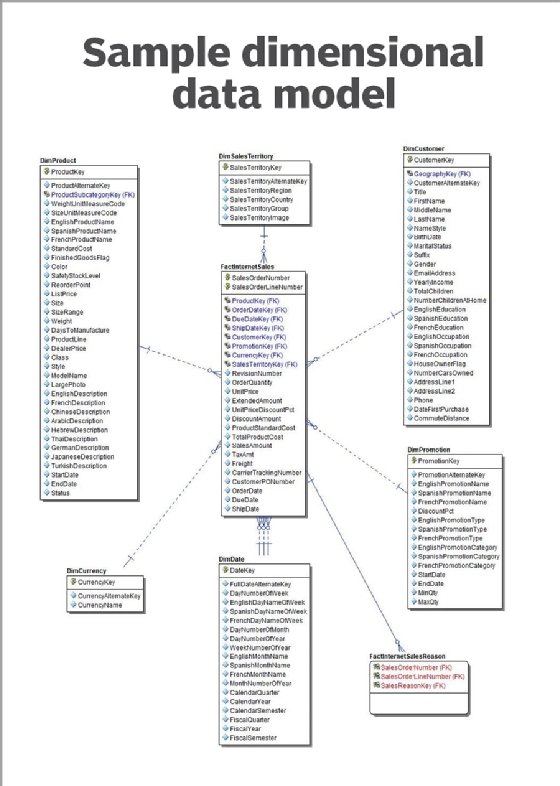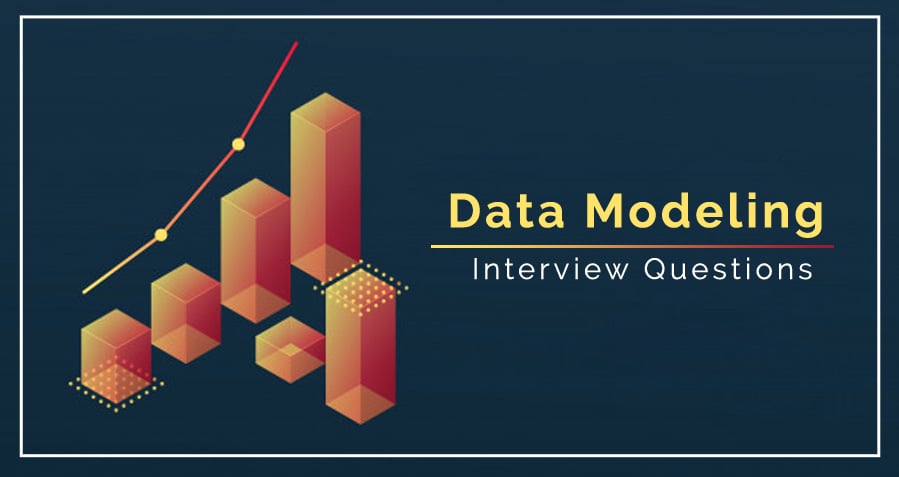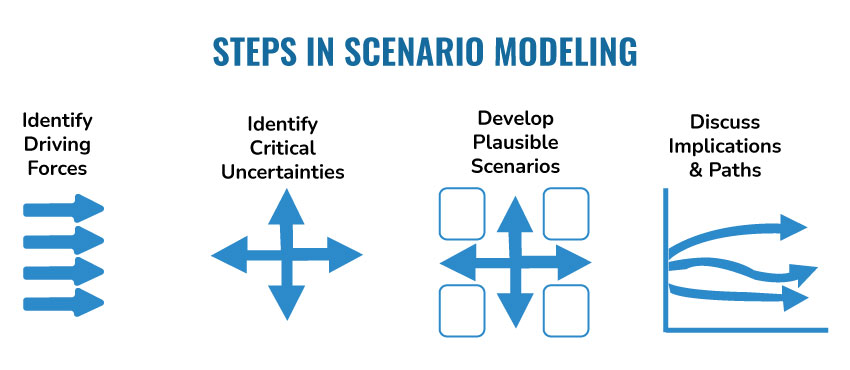The Role of Scenario-Based Questions in Data Modeling Interviews
Scenario-based questions play a crucial role in data modeling interviews, as they evaluate a candidate’s ability to apply theoretical data modeling concepts to real-world situations. These questions present a hypothetical scenario, requiring the interviewee to design a data model based on the given requirements and conditions. By assessing a candidate’s problem-solving skills, creativity, and understanding of best practices, interviewers can gauge their suitability for the position.
Preparing for Scenario-Based Data Modeling Interview Questions
When facing scenario-based data modeling interview questions, it is essential to understand the company’s industry and data requirements. This knowledge allows you to tailor your responses to the organization’s specific needs, showcasing your adaptability and expertise. To effectively prepare, follow these steps:
- Research the company: Familiarize yourself with the organization’s mission, values, and products or services. Study their industry trends and competitors to gain a holistic understanding of their data modeling requirements.
- Review common data modeling scenarios: Brush up on typical data modeling challenges and solutions relevant to the company’s industry. This knowledge will help you quickly identify entities, relationships, and attributes in various scenarios.
- Practice, practice, practice: Hone your data modeling skills by working through sample scenarios and creating data models based on hypothetical situations. This practice will enable you to approach interview questions with confidence and proficiency.
Scenario 1: Designing a Data Model for an E-commerce Platform
Consider a hypothetical e-commerce platform that sells various products to customers. To design an effective data model for this scenario, consider the following entities:
- Products: This entity includes attributes such as product ID, name, description, price, and category.
- Customers: Attributes for this entity may consist of customer ID, name, email, address, and contact information.
- Orders: This entity comprises attributes like order ID, customer ID, product ID, quantity, date, and total price.
- Inventory: Attributes for this entity can include inventory ID, product ID, quantity, and reorder level.
When creating this data model, prioritize best practices such as normalization and data integrity. Normalization ensures that data is organized efficiently, reducing redundancy and dependency. Data integrity maintains the accuracy, consistency, and reliability of data throughout the system.
Scenario 2: Data Modeling for a Healthcare Provider
Imagine a healthcare provider looking to improve patient care through better data management. A well-designed data model for this scenario should include entities such as:
- Patients: Attributes for this entity may consist of patient ID, name, date of birth, gender, contact information, and insurance details.
- Appointments: This entity comprises attributes like appointment ID, patient ID, appointment date, time, and provider information.
- Medical History: This entity includes attributes like medical history ID, patient ID, medical conditions, allergies, medications, and immunizations.
- Insurance Information: Attributes for this entity can include insurance ID, patient ID, insurance provider, policy number, and coverage details.
When creating this data model, focus on data integrity and security, especially when dealing with sensitive patient information. Ensure that the model adheres to privacy regulations such as HIPAA and GDPR.
Scenario 3: Data Modeling for a Social Media Platform
Envision a social media platform aiming to enhance the user experience by better organizing user data. A suitable data model for this scenario should incorporate entities like:
- Users: Attributes for this entity may consist of user ID, username, email, password, profile information, and connections.
- Posts: This entity comprises attributes like post ID, user ID, content, timestamp, and likes/shares.
- Comments: This entity includes attributes like comment ID, post ID, user ID, content, and timestamp.
- Relationships: Attributes for this entity can include relationship ID, user ID, connection ID, and relationship type (e.g., following, friend, blocked).
When creating this data model, consider data privacy and security, especially when dealing with user-generated content and personal information. Ensure that the model adheres to data protection regulations such as GDPR and the California Consumer Privacy Act (CCPA).
Scenario 4: Data Modeling for a Logistics Company
Consider a logistics company aiming to optimize its supply chain operations. A suitable data model for this scenario should incorporate entities like:
- Shipments: Attributes for this entity may consist of shipment ID, source, destination, delivery date, status, and associated inventory.
- Vehicles: This entity comprises attributes like vehicle ID, type, capacity, current location, and assigned shipments.
- Warehouses: This entity includes attributes like warehouse ID, location, capacity, and inventory levels.
- Inventory: Attributes for this entity can include inventory ID, product ID, quantity, and warehouse ID.
When creating this data model, prioritize best practices such as normalization and data integrity. Ensure that the model can handle large volumes of data and maintain high performance. Additionally, consider real-time data updates to keep track of inventory levels and vehicle locations.
Common Pitfalls in Data Modeling Scenarios
When answering scenario-based data modeling interview questions, candidates often make common mistakes that can lead to an incomplete or inefficient data model. Here are some of those pitfalls and suggestions on how to avoid them:
- Ignoring scalability: As businesses grow, so does their data. Failing to consider scalability can result in a data model that cannot handle increased data volume, leading to performance issues. To avoid this, ensure your data model can accommodate growth and maintain high performance.
- Neglecting data integrity: Data integrity is crucial for maintaining accurate, consistent, and reliable data. Overlooking data integrity can lead to data corruption, inconsistencies, and potential loss of valuable information. Always prioritize data integrity best practices, such as enforcing constraints, using primary and foreign keys, and implementing data validation rules.
- Overlooking performance: A slow-performing data model can hinder a business’s ability to make timely decisions and negatively impact user experience. When designing a data model, consider performance optimization techniques like indexing, partitioning, and denormalization to ensure efficient data retrieval and manipulation.
- Inadequate documentation: Clear documentation is essential for understanding the data model and maintaining it over time. Failing to document the data model can lead to confusion, misinterpretation, and difficulty in updating or modifying the model. Always include comprehensive documentation that explains the model’s structure, entities, relationships, and constraints.
Best Practices for Answering Scenario-Based Data Modeling Interview Questions
Scenario-based data modeling interview questions are an essential part of the hiring process for data modeling positions. These questions test a candidate’s ability to apply data modeling concepts in real-world situations. To excel in these interviews, it is crucial to understand the best practices for answering scenario-based data modeling interview questions.
- Demonstrate a Clear Understanding of the Problem: Begin by thoroughly reading and analyzing the scenario provided. Make sure you fully understand the problem the company is facing and the objectives of the data model. Ask clarifying questions if necessary, as this will show your eagerness to gather all relevant information before making decisions.
- Apply Data Modeling Concepts: Once you understand the problem, apply data modeling concepts such as normalization, data integrity, and entity-relationship modeling. Use your knowledge of these concepts to design a robust and efficient data model that meets the company’s needs.
- Justify Design Decisions: Be prepared to explain the reasoning behind your design decisions. Discuss how your data model addresses the company’s challenges and why you chose specific entities, attributes, and relationships. This will demonstrate your ability to communicate complex ideas effectively and defend your work.
- Consider Scalability, Data Integrity, and Performance: When designing a data model, it is essential to consider scalability, data integrity, and performance. Failing to account for these factors can lead to a data model that is inefficient, prone to errors, or unable to handle increased data volumes. Ensure your data model can grow with the company’s needs, maintain data accuracy, and perform optimally.
- Use Real-World Examples and Best Practices: Drawing on your experience and industry best practices can strengthen your answers. Providing examples of how you’ve addressed similar challenges in the past or citing industry-standard approaches will show your expertise and ability to apply data modeling concepts in various situations.
By following these best practices, you can effectively answer scenario-based data modeling interview questions and demonstrate your proficiency in data modeling. Remember to stay focused on the problem, apply your knowledge, and communicate your reasoning clearly to make a strong impression on potential employers.








